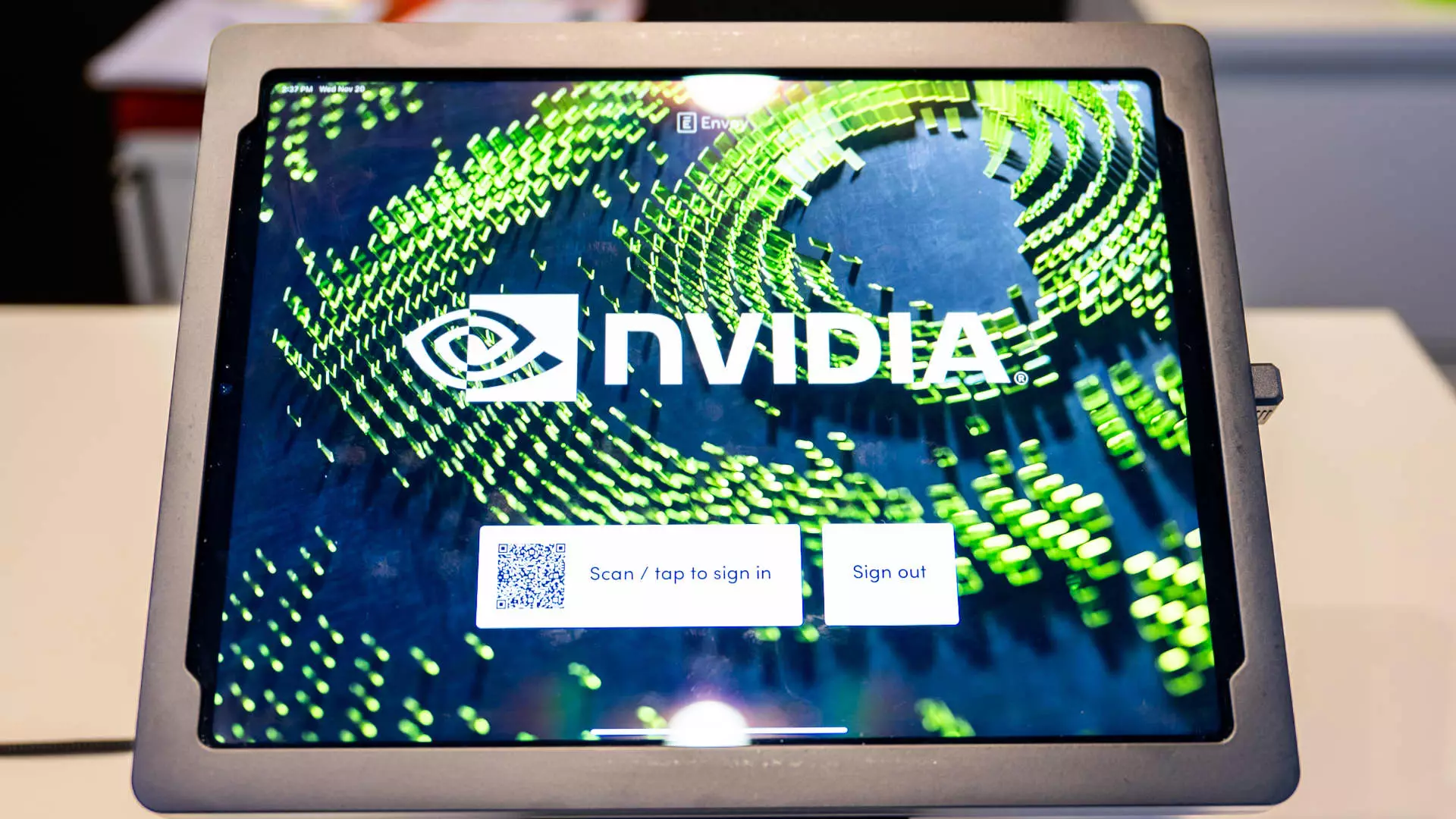In the fast-paced world of finance, daily updates provide investors with crucial information about market movements and corporate performances. Today, we delve into the recent fluctuations in stock markets, analyzing key player reports, stock performance reviews, and what this could mean for immediate future investments. As we dissect these findings, we hope to shed light on the currents shaping both established giants and emerging companies.
The tech sector has been buzzing with enthusiasm following Nvidia’s third-quarter results, which shattered market expectations with a staggering revenue increase of 94% year-over-year. The company’s innovative trajectory is underscored by the rollout of its next-generation chip, Blackwell, which has already found traction among its clientele. Despite these promising statistics, investor reactions were mixed, leading to a dip in Nvidia’s stock price during extended trading hours. Over a span of three days, however, Nvidia’s stock has rallied nearly 3%, showcasing a 10% increase in November alone and a phenomenal 190% surge for the year thus far. This illustrates the volatility of tech stocks, where even outstanding results can trigger skepticism and price corrections among investors.
In a divergent intersection of retail and technology, analysts from JPMorgan and Bernstein have labeled Amazon and Apple as prime investment opportunities. JPMorgan projects a solid 7.5% growth for online holiday sales, deeming Amazon their top pick, while Bernstein offers an optimistic outlook for Apple, projecting continued prosperity driven by disciplined capital returns and consistent revenue growth. Apple’s stock, only 3.6% shy of its October high, has shown an invigorating uptrend, while Amazon also boasts a robust 9% growth in November. The contrasting conditions of these two retail juggernauts further emphasize the dynamics of consumer behavior and market forecasts, showing that consumer sentiment drives stock performance considerably.
As companies navigate the complexities of delivering solid financial results, Microsoft stands out by providing shareholders with an increased dividend, elevating it to 83 cents per share, effective December 12. This decision underlines Microsoft’s commitment to returning value to investors, albeit with a modest yield of 0.8%. In juxtaposition, competitors like Cisco and IBM continue to present more enticing dividend yields of 2.8% and 3.1% respectively, positioning them as alternative choices for income-focused investors. This move by Microsoft highlights a potential shift in investor preference toward companies that prioritize shareholder returns amidst fluctuating market conditions.
Shifting focus to the burgeoning cannabis industry, New Jersey’s latest quarterly figures reveal substantive growth, with recreational sales soaring to $238.7 million. Yet, despite this increase, the performance of stocks within the sector tells a contrasting story. Notably, Canopy Growth and Tilray have seen significant declines, respectively down 75% and 56% from their April highs. This disparity emphasizes the challenges faced by cannabis companies amidst regulatory adjustments and competitive pressures. The stark contrast between reported sales growth and stock performance could serve as a cautionary tale for investors, reminding them of the inherent volatility in emerging markets.
The retail sector is facing its own set of challenges, as Target’s recent earnings report fell short of expectations, causing it to revise its full-year guidance downward. In stark contrast, Walmart is thriving, reflecting a 6.4% rise in November and a staggering 65.9% increase for the year. The difference in performance can be attributed to Target’s logistical issues, as it attempted to secure inventory amid potential supply chain disruptions. CEO Brian Cornell has noted how these rushed decisions translated into increased operational costs, ultimately affecting the company’s financial results. This situation underscores the importance of efficient supply chain management in today’s retail environment, where success and failure hinge on timely decision-making.
As we gaze into the future of the stock market, the narratives unfolding through the results and forecasts of leading companies will undeniably shape investor sentiment. With companies like Nvidia, Amazon, and Apple showing resilience and growth potential, optimistic projections might attract investors seeking stability in an often turbulent landscape. However, as illustrated by Target’s struggles, the necessity for agile operational strategies remains paramount. Investors must equip themselves with a nuanced understanding of both market trends and corporate strategies to navigate the complexities of investment decisions moving forward.
As markets continue to evolve, staying informed through daily updates, analyzing financial results, and understanding broader economic factors will be essential for anyone looking to engage effectively with the stock market.

